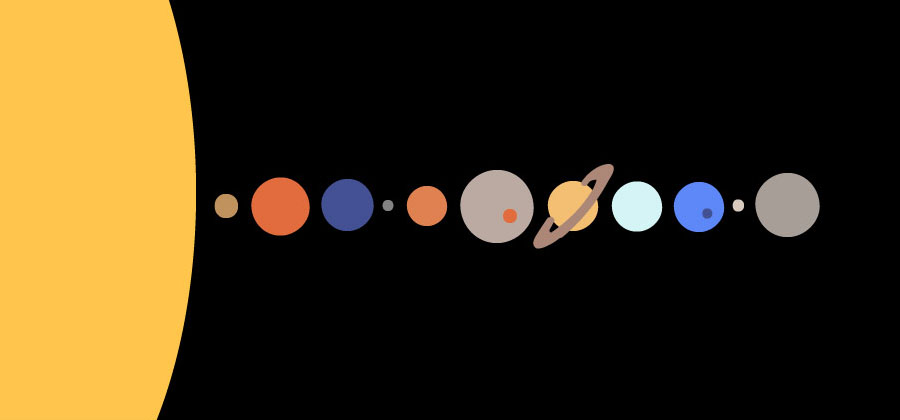Earth

What is the Earth?
The earth is the 3rd planet from the sun between Venus and Mars. The earth is made up of several unique properties, characteristics, composition and they all affect the processes of the earth differently. Every of these properties and elements in Earth’s system are largely categorized into one of the four major subsystems including
- water
- living things
- land
- air
These are regarded as the four interlocking “wonders” that create the earth’s diversity. Cumulatively, they are primarily grouped into
- biological (living things)
- physical (non-living things)
These four “wonders” of the earth are dependent upon each other and have been used to make the study of biological and physical components of the earth easily comprehendible. They are scientifically called the biophysical elements namely the hydrosphere (‘hydro’ for water), biosphere (‘bio’ for living things), lithosphere (‘litho’ for land), and atmosphere (‘atmo’ for air). These spheres are further divided into various sub-spheres.
According to Wikipedia
“Earth is the third planet from the Sun, the densest planet in the Solar System, the largest of the Solar System’s four terrestrial planets, and the only astronomical object known to harbor life. According to radiometric dating and other sources of evidence, Earth formed about 4.54 billion years ago. Earth gravitationally interacts with other objects in space, especially the Sun and the Moon.”
Earth Science
is the study of the Earth and its neighbors in space. It is an exciting science with many interesting and practical applications. Some Earth scientists use their knowledge of the Earth to locate and develop energy and mineral resources. Others study the impact of human activity on Earth's environment and design methods to protect the planet. Some use their knowledge about Earth processes such as volcanoes, earthquakes and hurricanes to plan communities that will not expose people to these dangerous events.

Earth is Divided yet Connected
Earth is a very complex place. Although it looks like one large structure, it's actually got a lot going on that you may not see if you don't look closely. All of the processes on Earth are driven by four 'spheres,' which we describe individually, but are really all connected.The names of each of these spheres come from Greek words that describe what they're made of: 'Litho' for 'stone,' 'hydro' for 'water,' 'bio' for 'life' and 'atmo' for 'air.' Let's look at each of the four spheres in a bit more detail to gain a better understanding of how they help make up the earth.


The importance of Earth Science
Today we live in a time when the Earth and its inhabitants face many challenges. Our climate is changing and that change is being caused by human activity. Earth scientists recognized this problem and will play a key role in efforts to resolve it. We are also challenged to: develop new sources of energy that will have minimal impact on climate; locate new sources of metals and other mineral resources as known sources are depleted; and, determine how Earth's increasing population can live and avoid serious threats such as volcanic activity, earthquakes, landslides, floods and more. These are just a few of the problems where solutions depend upon a deep understanding of Earth science.